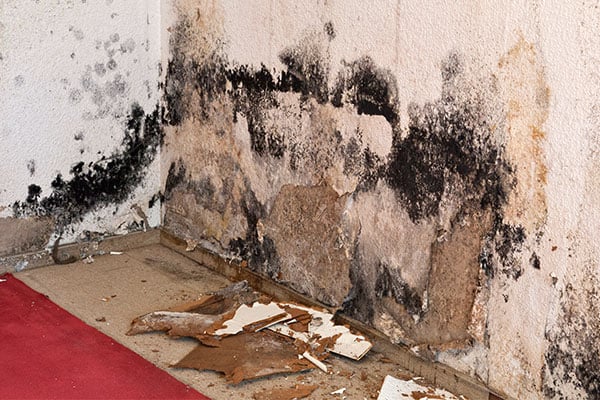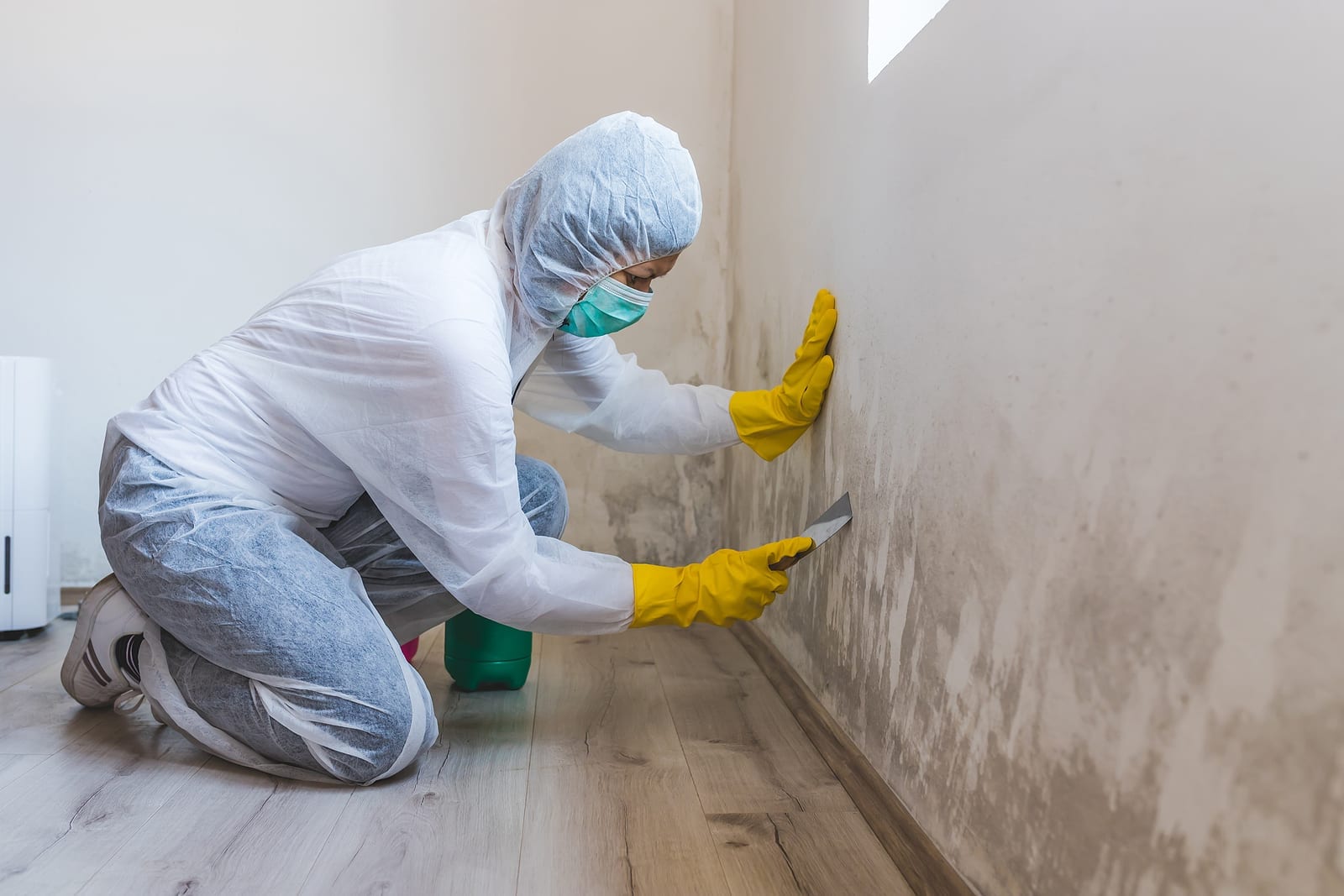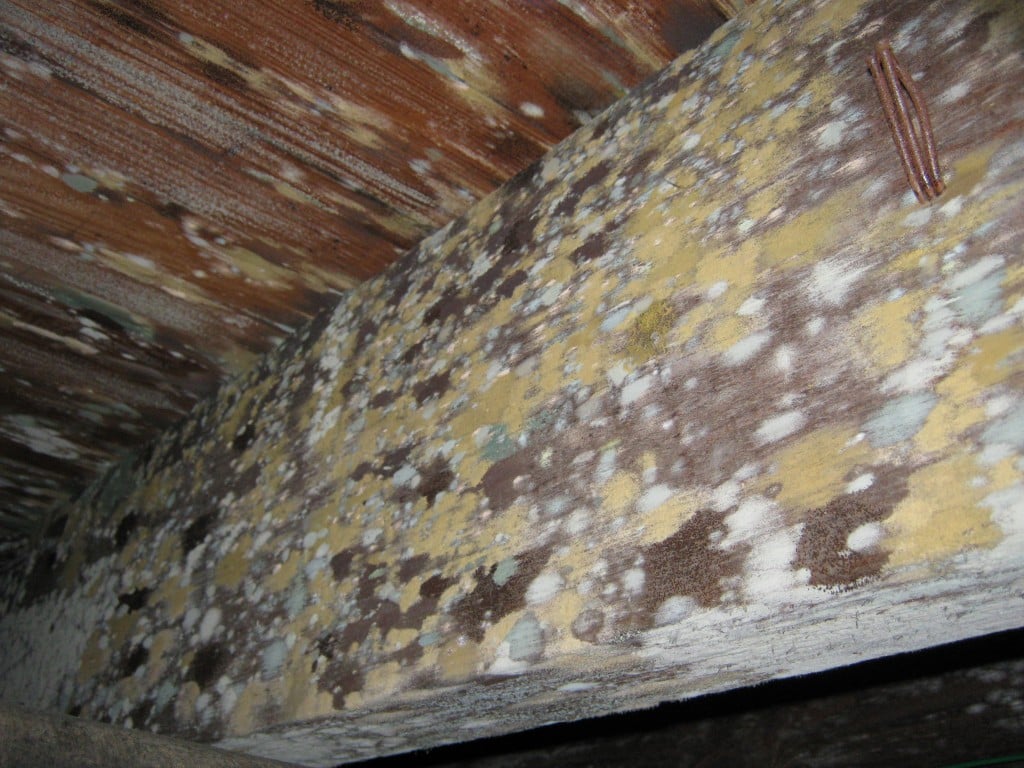The Ultimate Overview to Form Removal and Remediation Techniques
The insidious nature of mold growth requires an organized technique that incorporates recognition, risk analysis, prevention, removal, and removal. By recognizing the various kinds of mold and mildew, the health dangers they might provide, and the most efficient strategies for obliteration, one can guarantee a safe and healthy atmosphere for passengers.
Determining Mold Types

Furthermore, Penicillium is recognizable by its blue or environment-friendly unclear texture and is frequently located on water-damaged materials, possibly creating sinus infections and allergic responses. Alternaria is a sort of mold and mildew that is usually black or dark eco-friendly and can cause asthma signs. By having the ability to identify in between these various mold kinds based on their appearance and linked health risks, people can much better address mold and mildew problems and implement suitable elimination techniques to guarantee a risk-free and healthy setting.
Recognizing Mold And Mildew Wellness Dangers
Having established the distinct characteristics of different mold types and their associated health and wellness threats, it is important to dig into the certain health implications positioned by exposure to mold and mildew. Mold exposure can lead to a range of wellness concerns, ranging from moderate irritabilities to severe allergic responses and respiratory system troubles. People with allergies or bronchial asthma are particularly vulnerable to the adverse effects of mold exposure. Signs and symptoms of mold-related health and wellness problems might consist of nasal congestion, coughing, throat inflammation, skin breakouts, and eye irritability. Prolonged direct exposure to mold and mildew spores can aggravate these symptoms and cause a lot more major conditions sometimes. Additionally, certain sorts of mold and mildew, such as black mold (Stachybotrys chartarum), create mycotoxins that can cause more extreme health issue. These toxic substances can influence the breathing system, nerve system, and overall well-being of individuals. It is essential to address mold concerns promptly and properly to minimize the health and wellness dangers associated with mold and mildew direct exposure.
Stopping Mold And Mildew Growth
To effectively avoid mold growth in interior environments, carrying out proactive steps is essential. Regularly inspect and maintain Cooling and heating systems to protect against condensation accumulation, which can develop a perfect setting for mold growth. By diligently following these preventative measures, this contact form you can create an inhospitable environment for mold development and safeguard your interior areas from potential mold and mildew problems. mold remediation rutland vt.
Effective Mold And Mildew Elimination Methods
Mold elimination techniques vary depending on the level of the infestation and the kind of mold and mildew present. For small, separated areas, rubbing with cleaning agent and visit this website water, complied with by thorough drying, can commonly suffice. Nevertheless, for bigger infestations or more harmful molds like black mold and mildew, specialist remediation may be needed.
One efficient approach is HEPA (High-Efficiency Particulate Air) vacuuming, which can help remove mold spores from surfaces and the air. Encapsulation is one more technique where a special sealant is applied to surfaces after mold elimination to stop regrowth.
In instances where porous products are influenced, such as drywall or insulation, elimination and substitute might be the very best strategy. This helps make certain that all mold and mildew is gotten rid of, as it can penetrate deep into permeable surfaces.
It's important to address the underlying root cause of mold development, such Check This Out as taking care of leaks or boosting air flow, to stop future invasions (sewage backup cleanup poultney vt). Normal inspections and punctual removal are crucial to preserving a healthy indoor environment

Making Sure Proper Removal
For optimum results in mold and mildew remediation, careful focus to information and adherence to market criteria are crucial. Correct remediation begins with a thorough assessment to recognize the degree of mold growth, dampness sources, and influenced locations. Making use of ideal personal safety devices (PPE) and control steps is important to avoid cross-contamination and make certain the safety of both residents and removal employees. Removal strategies need to be tailored to the details sort of mold and mildew existing and the surface areas affected. Thorough cleansing and removal of mold-infested materials, such as drywall or insulation, might be essential to eliminate the source of contamination completely. Complying with removal, cleaning, and disinfection of continuing to be surface areas with accepted fungicides helps prevent mold regrowth. It is important to attend to any kind of underlying moisture problems to protect against future mold and mildew issues. Verification of effective removal through post-remediation inspection and testing is crucial to validate that mold levels have actually returned to typical problems. By complying with these actions thoroughly, one can efficiently guarantee appropriate mold and mildew removal and produce a much healthier interior atmosphere.
Conclusion
